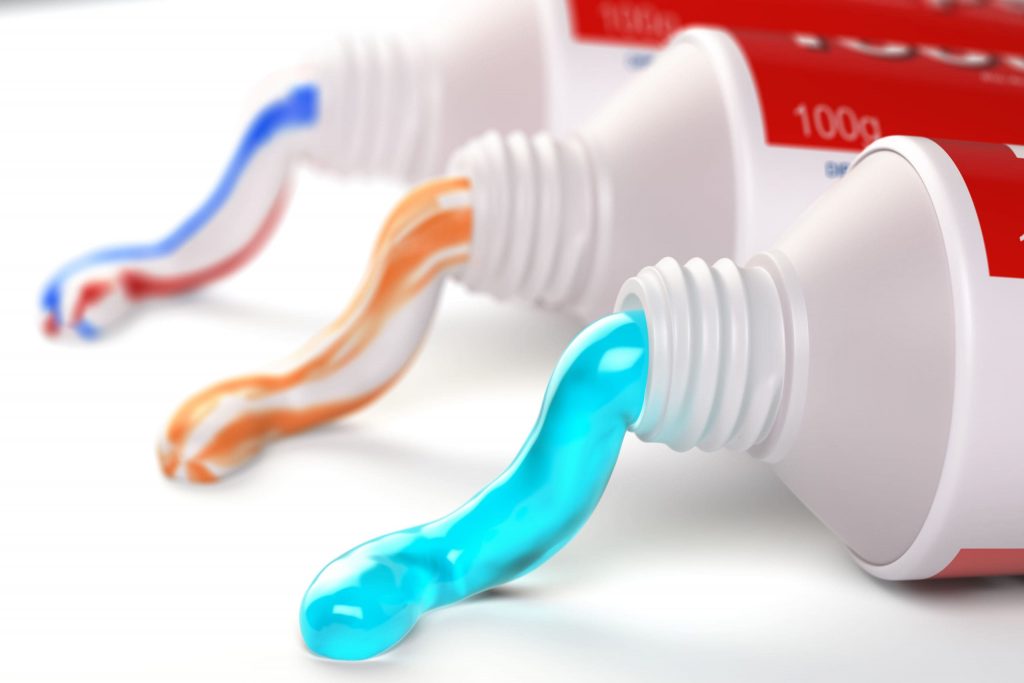Excipients Used In Semi-Solid Dosage Forms:
API:
Table of Contents
Any substance or mixture of substances intended to be used in the manufacture of a drug (medicinal) product and that, when used in the production of a drug, becomes an active ingredient of the drug product. An active pharmaceutical ingredient is any part of a drug that produces any effect.
Preservatives:
To stop microbial growth preservatives are added. Preservatives for ointment include p-hydroxy benzoates, phenol, benzoic acid, sorbic acid, methylparaben, propyl paraben, quaternary ammonium compounds, mercury compounds, etc. The preservatives should not react with any of the components of the formulation. Plastic containers may absorb the preservative and thereby decreasing the concentration of preservative available for killing the bacteria.

Humectants:
As, glycerin, propylene glycol, and sorbitol may be added to prevent the loss of moisture from the preparation.
Emulsifying agents:
Like polysorbate, anionic emulsifying agents, etc. are added if required.
Antioxidant:
Some ingredients like wool fat and wool alcohols are susceptible to oxidation. Therefore, a suitable antioxidant may be incorporated to protect the active ingredients from oxidation.
Organoleptic agents:
suitable coloring agent (amaranth, brilliant blue, etc.) flavoring agent (vanilla, strawberry, raspberry) are added. The ointment must be stored at an optimum temperature otherwise separation of phases may take place in the emulsified products which may be very difficult to remix to get a uniform product.
Make sure you also check our other amazing Article on : Pharmaceutical Gels